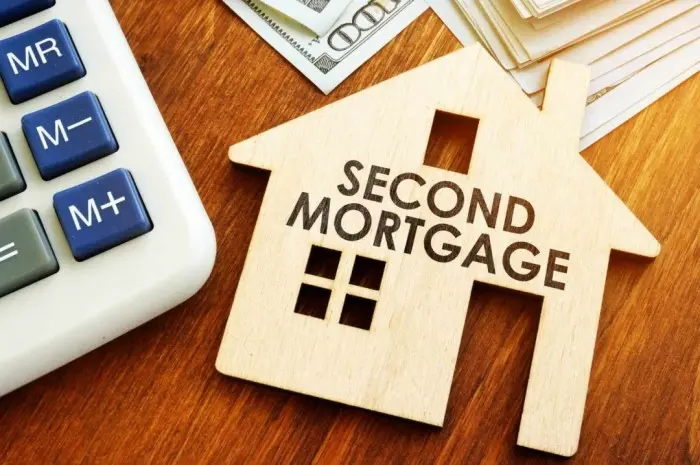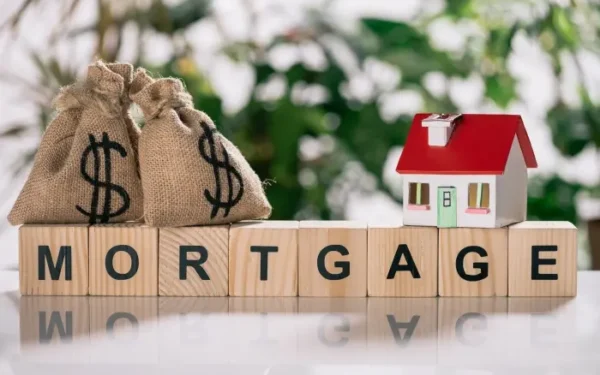Reverse Mortgages Demystified: An Accessible Guide for Homeowners

Many older homeowners have significant equity built into their homes. A reverse mortgage offers a way for these homeowners to leverage that equity to secure their financial future during their retirement years.
Despite the potential benefits, reverse mortgages are often misunderstood, prompting the need for a straightforward, accessible guide to dispel myths and clarify what this financial tool entails.
What Is a Reverse Mortgage?
A reverse mortgage is a unique financial product available to homeowners aged 62 and older. This type of loan enables homeowners to convert part of the equity in their home into cash.
The fundamental difference between a reverse mortgage and a traditional “forward” mortgage is that the homeowners do not need to repay the loan until they sell the house, move out permanently, or pass away.
There are three primary types of reverse mortgages:
- Home Equity Conversion Mortgages (HECMs), which are insured by the federal government and are the most common type.
- Proprietary Reverse Mortgages, which are private loans typically used for homes with high values.
- Single-Purpose Reverse Mortgages, typically offered by state and local government agencies for a specified purpose like home repairs or property taxes.
Eligibility and Requirements
To qualify for a reverse mortgage, the borrower must be at least 62 years old, live in the home as their primary residence, and have enough equity in their home.
Other requirements include staying current on property taxes, homeowner’s insurance, and any homeowners association fees, and keeping the home in good condition.
The Loan Process
With a reverse mortgage, the lender makes payments to the homeowner, either in a lump sum, monthly payments, as a line of credit, or a combination of these methods.
The homeowner retains title to the home. The loan becomes due when the last surviving borrower permanently moves out, sells the home, or dies.
The homeowners or their heirs can repay the loan by selling the home or using other funds. If the home sells for more than the loan balance, the excess proceeds go to the homeowners or their heirs.
If the home sells for less, the homeowners or their heirs are not generally responsible for paying the difference, thanks to the federal insurance on HECMs.
The Benefits and Potential Drawbacks
Reverse mortgages can provide substantial benefits. They can offer a steady stream of income during retirement, act as a financial safety net for unexpected expenses, and the proceeds are typically tax-free as they are considered loan proceeds, not income.
However, like all financial products, reverse mortgages have potential drawbacks. These can include relatively high upfront costs, the accrual of interest which increases the loan balance over time, and the potential impact on eligibility for certain public benefits.
They can also complicate matters for heirs, who must repay the loan after the borrower’s death, often by selling the home.
Making the Decision: Considerations and Counseling
Before deciding on a reverse mortgage, it’s crucial to weigh the pros and cons carefully. Alternatives, like selling the home and downsizing, getting a home equity loan, or even taking in a renter, might be more suitable depending on the circumstances.
Furthermore, it’s beneficial to undergo reverse mortgage counseling. This service, typically offered by agencies approved by the U.S. Department of Housing and Urban Development (HUD), provides potential borrowers with independent advice on whether a reverse mortgage is a good fit for them.
Counseling is a mandatory requirement for HECMs but is valuable regardless of the type of reverse mortgage being considered.
Conclusion
While reverse mortgages can appear complex, understanding their mechanisms, benefits, and potential drawbacks makes this financial tool more accessible to homeowners.
In the right circumstances, a reverse mortgage can unlock home equity, providing a homeowner with increased financial security in their retirement years.
However, as with any significant financial decision, it’s important to conduct thorough research and consult with trusted professionals.






